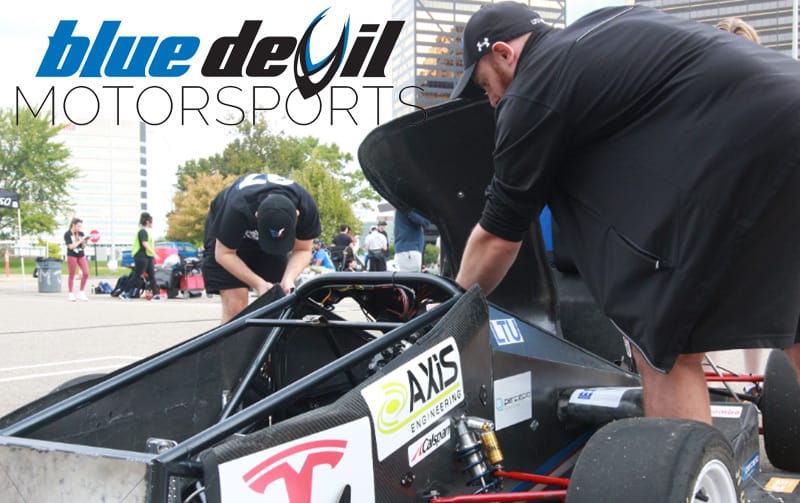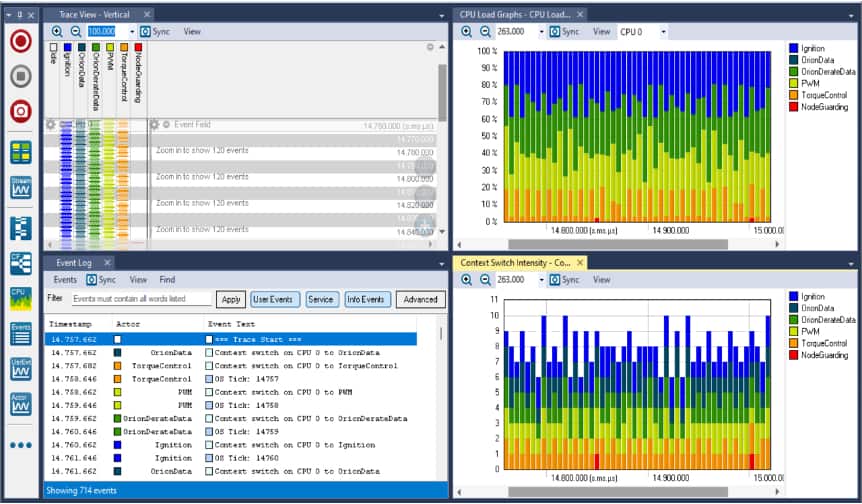
The Lawrence Technological University (LTU) Formula Electric racing team is a student organization that designs and builds a new electric vehicle from scratch each year. The team competes annually at events like the LTU Grand Prix and FSAE competitions such as Formula Hybrid+Electric at Loudon International Speedway in New Hampshire, where we placed 3rd overall last year.
Producing a new vehicle every year is a somewhat unique approach; most other student teams iterate and improve on their vehicles for a few years before designing a new model. The short cycle LTU imposes allows for innovation as a new car is fabricated annually. It also pushes the team out of its comfort zone, requiring members to become experts in every aspect of their assigned subsystem.
In addition to car building, team members develop communication, fundraising, and relationship skills with sponsors who provide the significant funding needed yearly. This well-rounded experience prepares LTU engineering graduates to excel in industry.
Tracing the Vehicle Control Unit (VCU)
The Vehicle Control Unit (VCU) on the 2023 Formula Electric race car uses an STM32446RE microcontroller running FreeRTOS with a preemptive scheduling system. The VCU performs several tasks on the vehicle, such as torque control, throttle position sensor mapping, derating parameters, error detection, ignition, and cooling. Most of these tasks are performed by sending and receiving data over the CAN bus.
When we initially started running an RTOS on the VCU, we had no good way of visualizing or tracking the tasks running on it, except using the Serial Wire debugger. Percepio came to our aid by giving us free access to their Tracealyzer runtime visualization tool. Tracealyzer features like real-time task tracking, CPU load graphs, context switching, and task runtimes were invaluable for debugging. Without the help Tracealyzer provided, we would have had to step through individual lines of code to track the tasks and debug the code.

Tracealyzer also interfaces directly with the STM32 Cube IDE on the host computer, making capturing and analyzing software traces very convenient.
The team was excited to see the vehicle control unit perform at the Formula Hybrid+Electric Competition. This would not have been possible without the help of Tracealyzer, and the LTU Formula Electric team is grateful for Percepio’s support.
Kaushik Mehta, Powertrain Engineer, LTU Formula Electric Team.
Percepio offers free Tracealyzer licenses to qualifying academic institutions and students. Please visit the Licensing page to review the terms and apply for an academic license.
